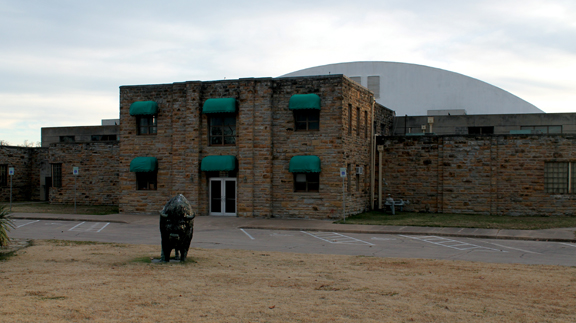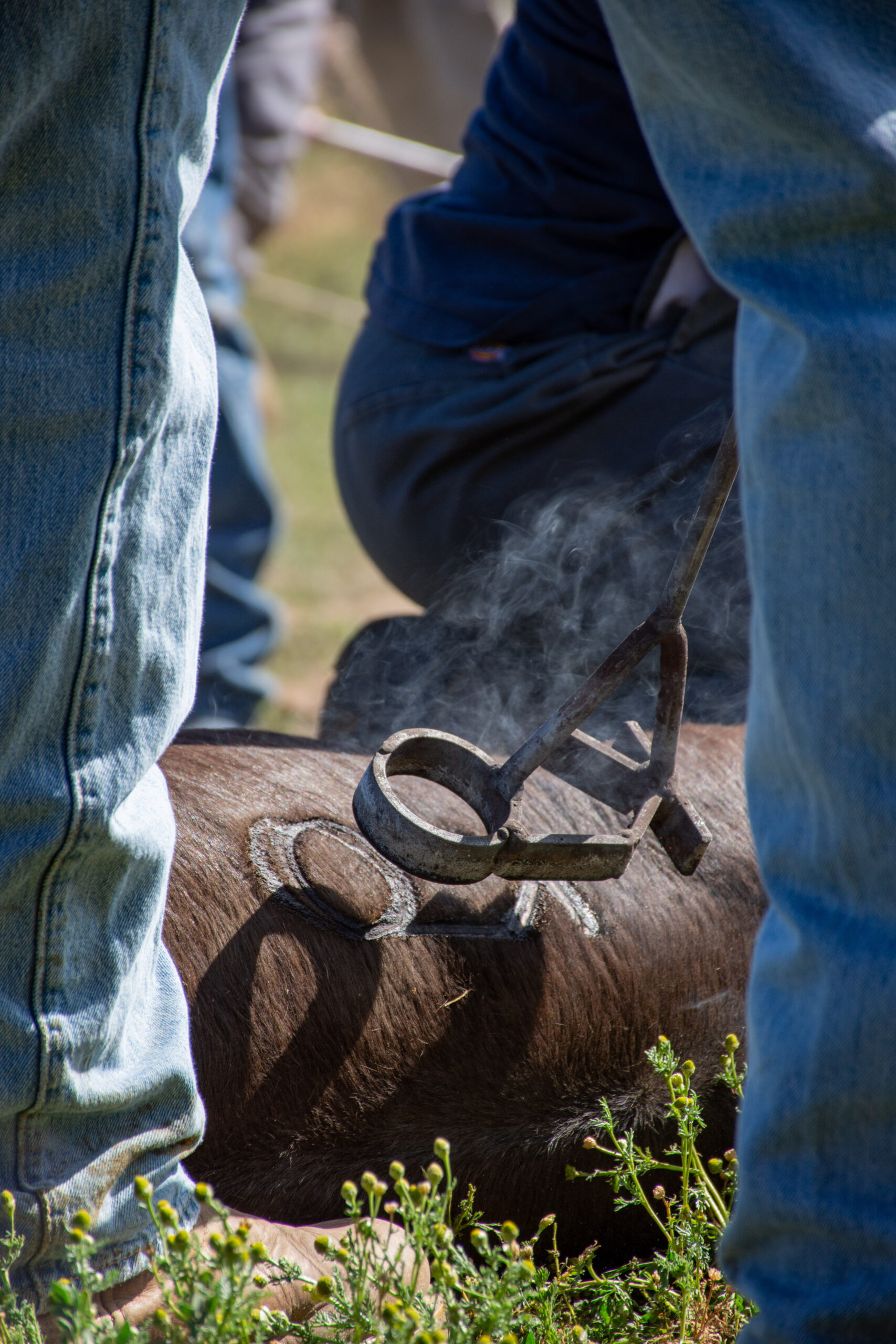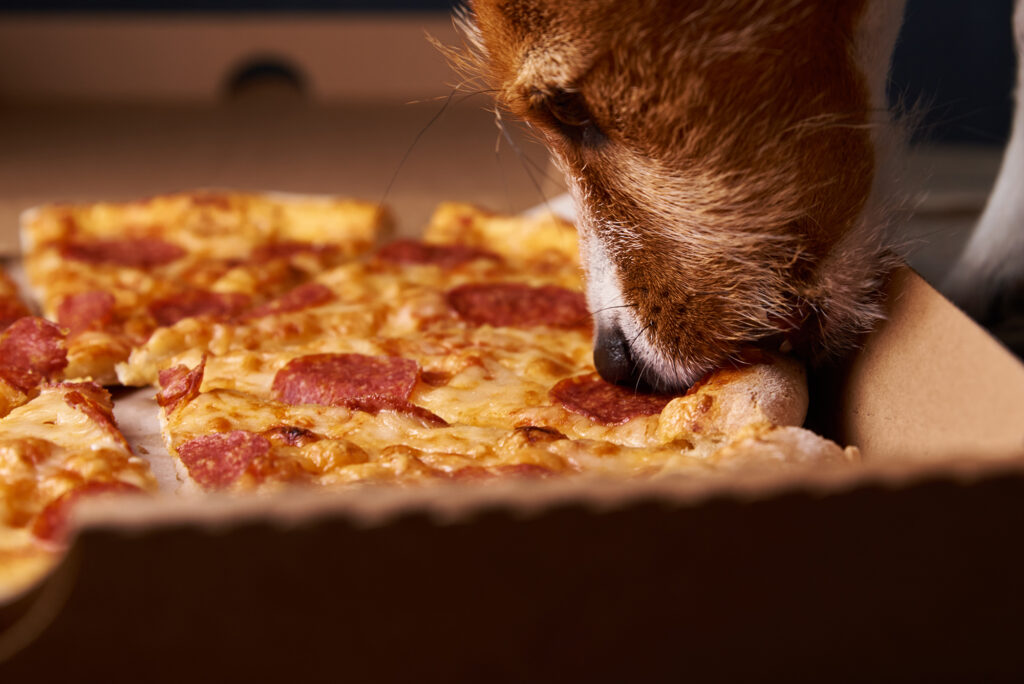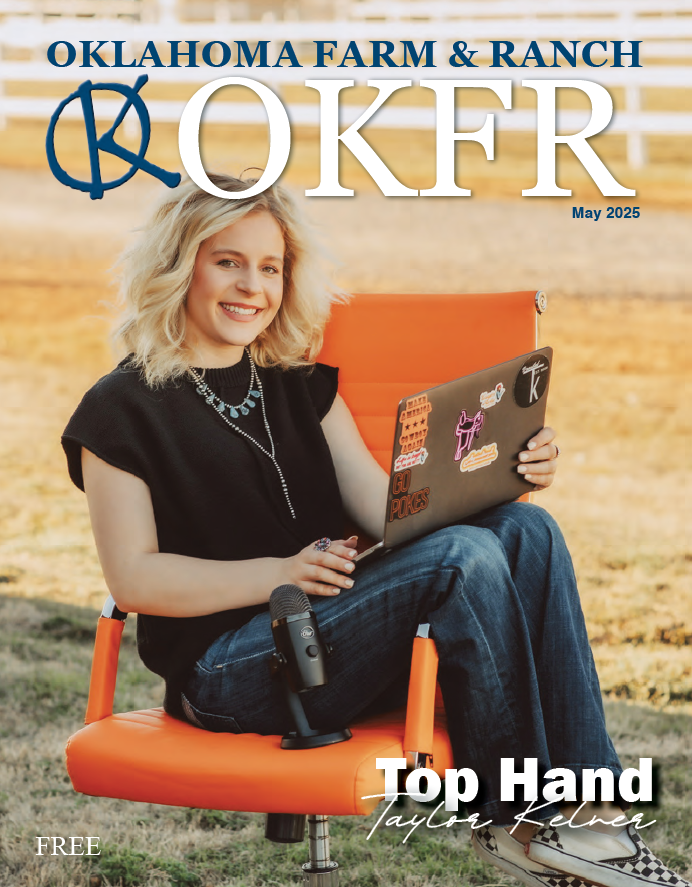Country Lifestyle
Hardy Murphy Coliseum

By Judy Wade
Many people consider the Hardy Murphy Coliseum in Ardmore an equine facility only. It does, indeed, host a myriad of horse-related activities each year, but also a variety of non-horse events.
The first building was constructed in the mid-1930s by the Works Progress Administration. The arena was 270 feet by 130 feet, and for the first 10 years was a roofless stadium known as the Municipal Exhibition Building. During a rodeo, a bull jumped the fence, charged uphill through scattering spectators, and did a swan dive into the parking lot, where it had to be euthanized.
During the late 1940s a roof was added and a better fence separated animals and spectators. It hosted a livestock show, professional rodeos, the Ringling Brothers Circus and other civic events.
In the early 1960s, the coliseum was renamed for Ardmore native, Hardy Murphy. Murphy was a rodeo performer and Wild West Show star whose show business career spanned three decades.
It could be said that horses ran in Murphy’s blood. Born in 1903, the grandson of a Texas horse trader, he developed his love for horses into a career of international acclaim as a horse trainer and rodeo showman. His horses, Buck and Silver Cloud, were a big part of his show, especially well-known for pantomimes of famous scenes by western artists and sculptors, even gracing the cover of The New Yorker in 1944.
Murphy loved to perform and demonstrate his skills whether it be for the Royal Court in London, spectators at Madison Square Garden or children around the world. His favorite charity work was at Bellevue Hospital in New York City, performing for seriously or terminally ill children.
Murphy and Buck were top billing in Col. W.T. Johnson’s rodeo in Madison Square Garden for 10 years. After retiring from the circuit, he returned to Ardmore in 1943 where he began a second career as realtor, promoter, volunteer, and part-time performer for charities and civic events. He was frequently referred to as “Southern Oklahoma’s Goodwill Ambassador.”
Buck was retired in 1953 in a nationally televised show during the Fort Worth International Stock Show. Both Buck and Silver Cloud are buried on the coliseum’s grounds. Ardmore school closed for Buck’s funeral when he died at age 34, and Gene Autry was among the 10,000 admirers of Murphy and his horses who attended the ceremony.
Murphy died in 1961 at age 58.
The Hardy Murphy Coliseum fell into a period of neglect and disrepair during the early 1970s. In the mid 1980’s a group of concerned citizens organized into the Hardy Murphy Coliseum Trust and Authority and began renovating the building.
Today the sprawling complex covers 30 acres, according to Jeff Storms, manager of the Hardy Murphy Coliseum. The renovated coliseum now seats 4,000, is climate controlled, has an enclosed announcer’s booth, a fully-equipped kitchen, show office, 18,000 square feet available for trade shows, restrooms, and showers.
Two additional covered arenas, a new building, and multiple stall barns make the Hardy Murphy an ideal place for events.
“We already have the usability and functionality to compete with moderate-sized facilities around the state,” Storms said, “but, we are continually striving to make improvements.”
In addition to the graves of Buck and Silver Cloud, a historic steam locomotive, engine number 1108 sits on the coliseum grounds, commemorating a tragic event in Ardmore’s history in 1915. A railroad worker was repairing a gasoline tanker car near East Main Street when a spark ignited an explosion. Fifty people were killed, many more injured, and much of the downtown area was destroyed. A call for help went out, and engine 1108 came from Gainesville, Texas with a full head of steam, bringing life-saving medical personnel, making the 45-mile stretch of rail in record time.
A life-size buffalo sculpture also sits at the entrance. More than 100,000 people visited Hardy Murphy Coliseum last year.
“A study showed that in 2013 the coliseum events generated a $5.1 million impact on Ardmore. In 2014 that figure rose to $6.3 million; and through October of this year, it has risen to over $7 million,” Storms said.
Events are held 48 weeks of the year spanning anywhere from one to 10 days.
There is truly something for everyone to be had at some time during the year at Hardy Murphy Coliseum at 600 Lake Murray Drive.
For more information, visit hardymurphycoliseum.com, or call Jeff Storms at 580-223-2541.
This article originally appeared in the January 2016 issue of Oklahoma Farm & Ranch.
Country Lifestyle
Riding for the Brand

By: Christopher Dysinger
According to the Code of the West a man who has integrity is one who rides for the brand. If you are unfamiliar with cowboy parlance this phrase is used to describe being loyal to the outfit you work for. Cowboys were, “intensely loyal to the outfit they were working for and would fight to the death for it. They would follow their wagon boss through hell and never complain.” -Teddy Blue Abbot. Riding for the brand means being loyal and when I consider what it means to be loyal I am reminded of the words of the Lord Jesus to His disciples in Matthew 16:24, “Then said Jesus unto His disciples, If any man will come after Me, let him deny himself, and take up his cross and follow Me.” To me, to take up the cross and follow the Lord is the epitome of what it means to ride for the brand.
When you place your trust in the Lord Jesus you are signing on to His outfit, to speak the language of the West. When you called upon the name of the Lord Jesus by faith, He saved you and from this point you are riding for His brand. In taking up your cross and following Him you have pledged to be loyal, and this means you face any hardship or trial like a cowboy on the trail moving the herd. Any complaint must be swallowed in the same way you would swallow a cup of coffee. When I hear our faith and loyalty to the Lord Jesus put into these terms it stirs something within me that moves me to keep right on riding for the brand.
Louis L’amour wrote, “Riding for the brand was an expression of loyalty to a man’s employer or the particular outfit he rode for. It was considered a compliment of the highest order in an almost feudal society. If a man didn’t like a ranch or the way they conducted their affairs he was free to quit, and many did; but if he stayed, he gave loyalty and expected it. A man was rarely judged by his past only by his actions. Many a man who came west left things behind him he would rather forget, so it was not the custom to ask questions. Much was forgiven if a man had courage and integrity and if he did his job. If a man gave less than his best, somebody always had to pick up the slack, and he was not admired.” It is the same when a person gives his or her heart to Jesus.
When you come to the Lord Jesus you are not judged by your past. When you come to the Lord Jesus, repenting of sin and seeking forgiveness, everything from your past is left behind. All will be forgiven. 1 John 1:9 reads, “If we confess our sins, He is faithful and just to forgive us our sins, and to cleanse us from all unrighteousness.” When you place your faith in the Lord Jesus you are promising to be loyal and in return you will receive the same. He has promised that He will never leave us or forsake us. When you walk with the Lord Jesus through life you are indeed, “riding for the brand.”
“Riding for the brand” is not just an expression of loyalty nor is it just an expression of pride, it is also an expression of love. When a cowboy claims to be riding for the brand, he is telling any other outfit who may seek his loyalty, that he cannot give it, because he has given his word to another. It is the same when we pledge our faith and loyalty to the Lord Jesus. If any would call us away from Christ we cannot go, because we are riding for the brand.
The End
This article is an excerpt from the book, The Bible and the Code of the West by Dr. Christopher Dysinger.
Country Lifestyle
Farm Dogs & Table Scraps

What’s Safe and What’s Not?
Growing up on a farm, our dogs were tough. They roamed the pastures, slept under the barn, and ate just about anything they could get their paws on—whether we meant for them to or not. I’ll admit, I never thought twice when one of our old cow dogs snatched a biscuit off the table or licked up a spill from the barn floor. I’ve even seen a dog steal a whole rib bone off a plate and trot off like he’d won the lottery. And somehow, they always seemed fine.
But here’s the thing—just because they survived doesn’t mean it was safe. For every farm dog that lucked out, there’s another that wasn’t so fortunate. Some human foods can be downright toxic to dogs, and a little bit of bad luck (or a smaller, more sensitive dog) can turn a harmless snack into an emergency.
Common toxic foods lying around the farmhouse
If you’ve got a farm dog—or any dog, really—you need to be aware of the dangers lurking in everyday foods. Some of the biggest culprits include:
Chocolate – The darker it is, the worse it is. Even a little can cause vomiting, seizures, or worse.
Grapes & Raisins – No one’s exactly sure why, but they can cause kidney failure fast.
Onions & Garlic – In large enough amounts, these can destroy red blood cells, leading to anemia.
Xylitol (Found in Sugar-Free Gum & Candy) – This artificial sweetener can send a dog’s blood sugar crashing and cause liver failure.
Alcohol – Even small amounts can be deadly to dogs, affecting their nervous system much more than it does ours.
Bones from Cooked Meat – While not necessarily toxic, they can splinter and cause serious internal injuries.
Macadamia Nuts – These can lead to weakness, vomiting, and even paralysis in dogs.
What to do if your dog eats something toxic
First, don’t panic—but don’t ignore it either. If you know your dog ate something dangerous, call your vet immediately. They can tell you whether to induce vomiting or if it’s something that requires urgent care. If it’s after hours, contact the ASPCA Animal Poison Control Center (888-426-4435) or the Pet Poison Helpline (855-764-7661).
Prevention is always the best medicine, so keep toxic foods out of reach. That might mean keeping the trash can secured, making sure kids don’t slip the dog a treat under the table, or just being more mindful of what’s left on the counter.
Our farm dogs might have been lucky, but luck isn’t a great strategy when it comes to their health. A little awareness goes a long way in making sure they stay happy, healthy, and ready for the next day’s work.
For more information
ASPCA Animal Poison Control: www.aspca.org/pet-care/animal-poison-control
Pet Poison Helpline: www.petpoisonhelpline.com
Visit www.akc.org/expert-advice/nutrition/foods-your-dog-should-never-eat
Country Lifestyle
Summer Squash and Corn Chowder

By Lacey Vilhauer
Total time: 40 minutes
Servings: 6-7
Ingredients
- 6 slices bacon, cooked and crumbled and 1 1/2 Tbsp rendered bacon fat reserved
- 1 1/2 lbs yellow squash, chopped (about 3 medium)
- 2/3 cup thinly sliced celery
- 1 cup diced onion
- 1 Tbsp flour
- 2 cloves garlic, minced
- 2 3/4 cup milk (I used 1%)
- 5 cups canned or fresh cut corn (from about 6 ears corn), divided
- 1/2 cup heavy cream
- 1 1/2 tsp chopped fresh thyme (or 1/2 tsp dried)
- 3/4 tsp salt, then more to taste
- 1/4 tsp freshly ground black pepper, then more to taste if desired
- 3/4 cup shredded cheddar cheese, for serving
- Chopped green onion for garnish (optional)
Instructions
Heat 4 tsp reserved bacon fat in a large pot over medium-high heat. Add celery and onion and sauté 2 minutes then add the squash.
Saute until tender, about 6 minutes, adding in garlic and flour during last 2 minutes of sauteing. Reduce heat slightly.
Add 1 1/2 cups milk, 2 cups of the corn, thyme, salt and pepper to the sauteed veggies.
To a blender add remaining 3 cups of corn, remaining 1 1/4 cups milk and the cream. Process in blender until nearly smooth (about 30 seconds).
Add pureed mixture to pot and stir to blend. Cook until mixture reaches a light boil.
Serve warm with shredded cheese, crumbled bacon and sliced green onions if desired.
-

 Attractions8 years ago
Attractions8 years ago48 Hours in Atoka Remembered
-

 Country Lifestyle9 months ago
Country Lifestyle9 months agoJuly 2017 Profile: J.W. Hart
-

 Country Lifestyle9 years ago
Country Lifestyle9 years agoThe House a Treasure Built
-

 Country Lifestyle4 years ago
Country Lifestyle4 years agoThe Two Sides of Colten Jesse
-

 Outdoors7 years ago
Outdoors7 years agoGrazing Oklahoma: Honey Locust
-

 Equine8 years ago
Equine8 years agoUmbilical Hernia
-

 Outdoors5 years ago
Outdoors5 years agoPecan Production Information: Online Resources for Growers
-

 Farm & Ranch7 years ago
Farm & Ranch7 years agoHackberry (Celtis spp.)





